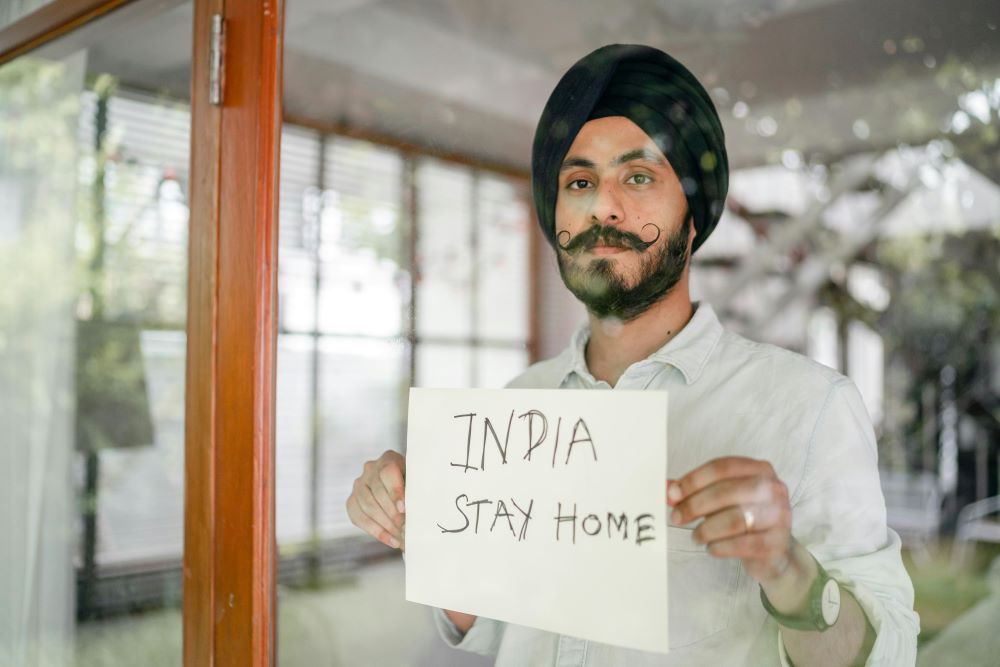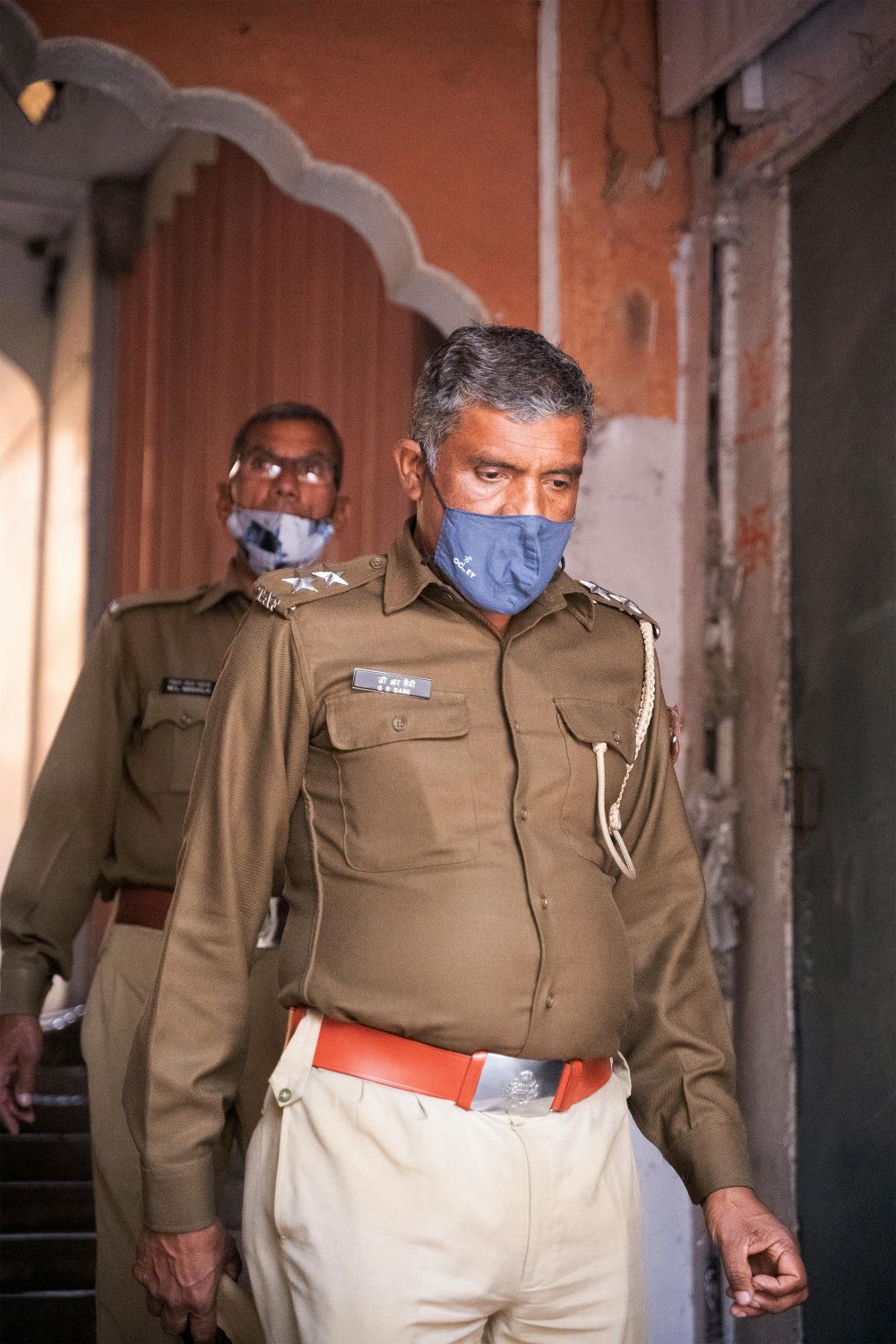New research shows the potential for accurately estimating mortality even in short periods using retrospective mortality data.
A recent international study, co-authored by Dr. Aashish Gupta and Professor Ridhi Kashyap from the University of Oxford, found that fatalities increased drastically (by 17%) in India between 2019 and 2020 as a result of the onset of the coronavirus pandemic. This represents an estimated 1.19 million more deaths in a year’s time. This number eight times higher than the officially reported COVID-19 death toll in India and 1.5 times higher than estimates provided by the World Health Organization (WHO) and sheds new light on a decreased life expectancy rate in the country which was brought on by the pandemic.
The team sourced survey data from 765,180 individuals to estimate life expectancy changes at birth across different sexes and social groups between 2019 and 2020 in order to create a sample representative of the general population in India. They found that younger age groups, women, and marginalized communities faced the highest increases in fatalities from COVID-19 in 2020. These especially vulnerable groups, already experiencing lower life expectancies to begin with, essentially witnessed worsening disparities. For instance, the team revealed that high socioeconomic Hindu groups experienced a life expectancy decline of 1.3 years, while Muslims saw a reduction of 5.4 years, and Scheduled Tribes faced a decline of 4.1 years.
According to a study published in The Lancet Global Health in 2019, life expectancy for Scheduled Castes (SC) and Scheduled Tribes (ST) was already low, and this was further exacerbated by the pandemic. The life expectancy at birth for SC males was 63.8 years and 68.5 years for SC females, while ST males had a life expectancy of 62.6 years and ST females 67.3 years. In contrast, life expectancy at birth for higher caste males and females was 67.7 and 71.8 years, respectively.

Women, in particular, suffered larger declines in life expectancy compared to men across almost all social groups. The study found that women in India experienced a life expectancy decline of 3.1 years compared to their male counterparts at a decline of 2.1 years. At the same time, in high-income countries mortality rates were higher among men than women. Researchers surmised the gender disparity in India could be driven by inequalities in healthcare access and resource allocation within households.
India, overall, saw mortality rise across almost all age groups, most notably among the youngest and oldest populations. The team theorized that increased mortality among younger age groups could be due to their higher susceptibility to COVID-19 and the indirect effects of the pandemic, such as economic turmoil, disruptions to public health services, and compromised mental and physical health that resulted from these factors. Physically, the pandemic led to severe respiratory illness and long-term complications from the virus, in addition to increased morality rates. The onset of the virus also triggered widespread anxiety, depression, and stress due to factors such as social isolation, economic uncertainty, and the loss of loved ones.
Overall, the new research shows the potential for accurately estimating mortality even in short periods using retrospective mortality data collected across impoverished settings. It underscores the need for policies addressing the social determinants of health to soften the blow of future health crises. By recognizing and addressing these inequalities, a more proactive approach may be adopted to warding off increases in mortality rates in India as well as globally.
Sources:
Life expectancy in India suffered large and unequal declines during COVID-19 pandemic
Large and unequal life expectancy declines during the COVID-19 pandemic in India in 2020


Join the conversation!